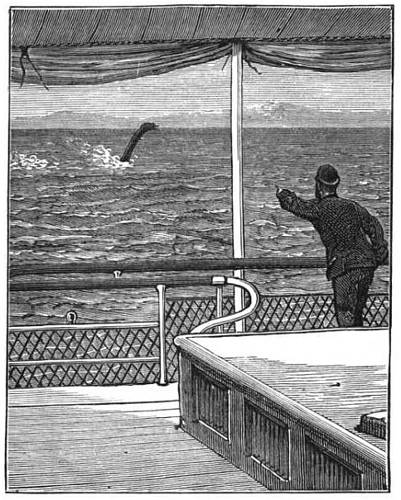
The following message was composed for Bizarre Notes and Queries, July-August 1890, to show “that it would be possible to write a technically grammatical sentence, which would be almost unintelligible.” “The words below can all be found in the dictionary, and all are grammatically used: and yet the thing is as hopelessly dark as if written in Cherokee.” It purports to be a note from an author to a critic:
Sir:– You have behaved like an impetiginous-Croyle! like those inquinate, Crass-sciolists who envious of my moral celsitude, carry their nugacity to the height of creating symposically the facund words which my polymathic genius uses with uberty to abligate the tongues of the weetless! Sir–you have crassly parodied my own pet words, as though they were tangrams. I will not coacervate reproaches–I would abduce a veil over the atramental ingratitude which has chamferred even my undicerptible heart. I am silent on the foscillation, which my coadjivancy must have given you when I offered to become your fautor and admincle. I will not speak of the lippitude, the ablepsy, you have shown in exacerbating me–one whose genius you should have approached with mental discalceation. So I tell you sir syncophically, and without supervaceneous words, nothing will render ignoscible your conduct to me. I warn you that I would vellicate your nose, if I thought that any moral diathrosis could be thereby performed–if I thought that I should not impignorate my reputation by such a digtadiation.
“For an entire solution of the above highly interesting missive, the reader is invited to amuse himself an hour or two with Walker’s or Webster’s Unabridged.”



